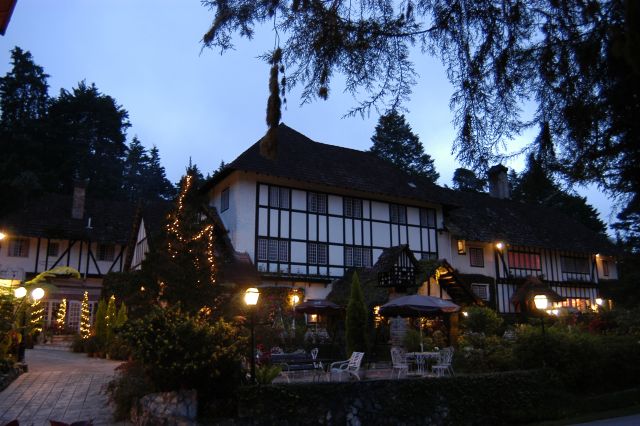by: Sam Wilhoit
Fireplace inserts do more than breathe new life into an old, wood-burning fireplace. Fireplace inserts also provide cleaner air in your home and create a more efficient heating system, helping reduce energy bills in the face of today’s skyrocketing gas prices.
What is a Fireplace Insert, Anyway?
Fireplace inserts are steel or cast iron fireboxes that are fitted directly into your original fireplace. Fronted by self-cleaning safety glass, fireplace inserts draw and exhaust heat and fumes through the original chimney or via a pipe directly vented through an exterior wall. Fireplace inserts are safer and more efficient than traditional fireplaces because combustible air is drawn into the firebox through one pipe, and toxic fumes are vented back outside through another. The resulting heat is forced back into the room—sans toxic fumes—via vents in the front, creating a more efficient heating system.Gas Fireplace Inserts
Stylishly and conveniently updating an older fireplace, gas fireplace inserts use decorative logs and gas jets to suffuse a room with radiant heat. These fireplace inserts can be fueled through your home’s natural gas line or a propane tank (which are also available in varying sizes from smaller propane tanks to large tanks stored underground). Choices abound when it comes to gas fireplace inserts, with options on everything from venting (vent-free, natural vent and direct vent fireplace inserts are available) to blaze preference. For instance, if a yellow flame hearkens back to the hearth of your childhood, a ceramic fiber log set will create luxurious radiant heat with a gorgeous glow and realistic flame. Not that particular? Try the less expensive concrete gas log set and get set for a comfortable haven of warmth.Wood-burning Fireplace Inserts
Still crave the crackle of a real wood fire? Want a fireplace insert with low-cost fuel? An EPA-certified wood-burning fireplace insert can create a blaze contained within a firebox that uses a glass door rather than a single, permanently sealed glass front. These inserts create a less smoky atmosphere than their traditional wood-burning counterparts while still radiating plenty of heat efficiently. According to the Hearth, Patio and Barbeque Association, wood-burning fireplace inserts generate nearly 65 percent more heat than traditional fireplaces and cut smoke emissions by nearly 90 percent. An added bonus: wood-burning fires can provide warmth and light when a power or gas line goes down.Fireplace Insert Fuel Options
It’s not all gas and wood when it comes to fueling your new fireplace insert. Fuel pellets made from compressed sawdust are available for wood-burning fireplace inserts. You can buy heating pellets in bulk, making it easier to budget for your heating costs in advance. Pellet fuel also emits the lowest amount of smoke emissions, according to the HPBA, and is available from specialty and home improvement retailers. If compressed sawdust isn’t for you, coal is another option for fueling your new fireplace insert. Also according to the HPBA, anthracite coal is the most commonly used in supplemental heating, and is a low-cost, readily available fuel for wood-burning fireplaces.Choosing the Right Fireplace Insert
Have plenty of time for maintenance? No time at all? Want ambiance, not heat? Ask yourself these and other questions before deciding on which fireplace insert to install. Then talk to the fireplace insert specialists at Brick-Anew to help determine the fireplace insert that fits your maintenance level, style, heat output needs and fuel availability. Complete your new fireplace insert with Brick-Anew’s fireplace screens, tools and accessories, and even give your existing masonry a total makeover with Brick-Anew’s patent-pending brick remodeling system. Then lie back in front of your roaring fire and say, “Now that’s a fireplace.”About The Author
Sam Wilhoit of Brick Anew provider of fireplace glass doors: Fireplace Glassdoors . Brick-Anew has been a providor of fireplace paint & accessories since 1997. Please link to Brick Anew when using this article.

0 comments:
Post a Comment